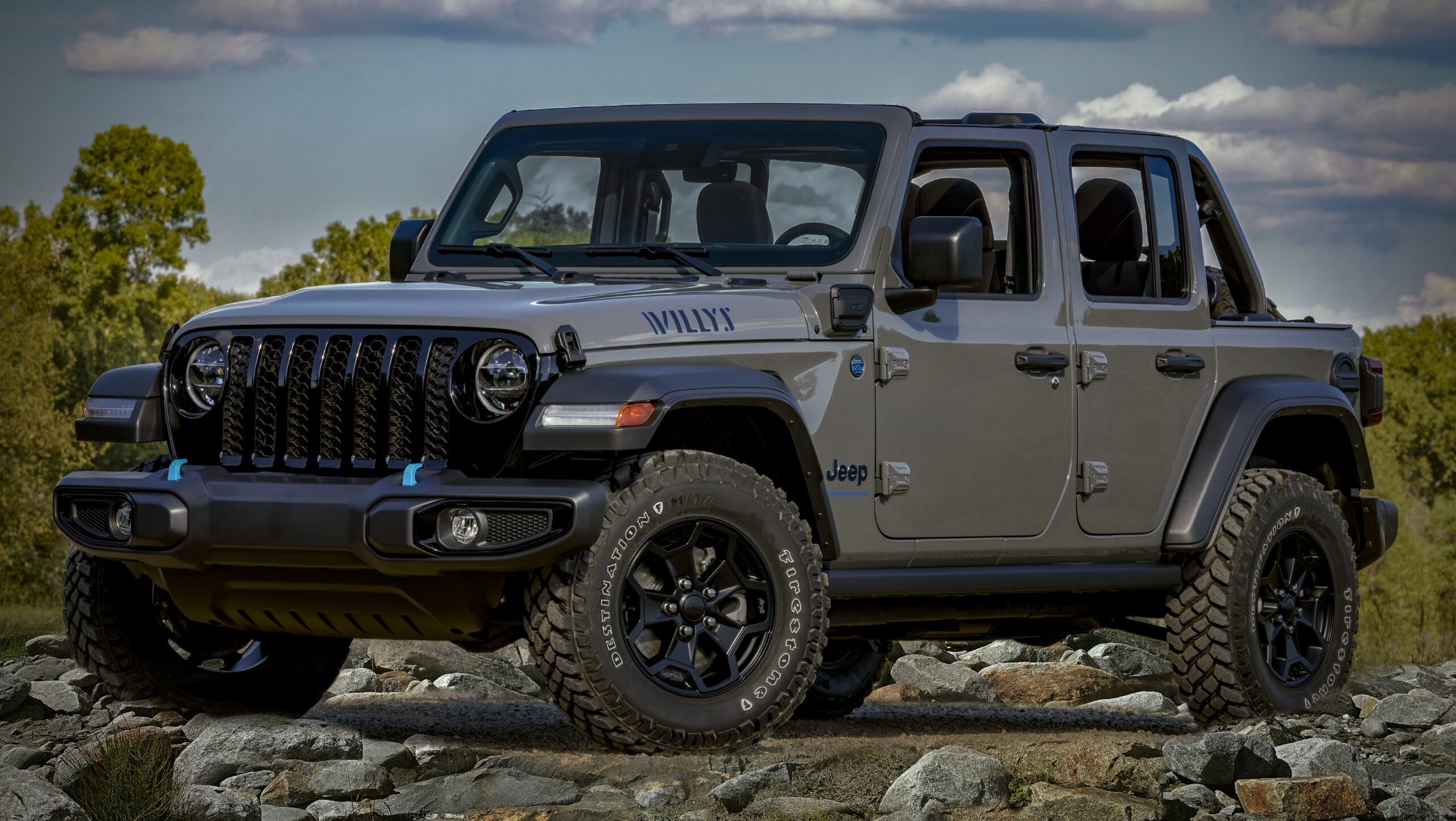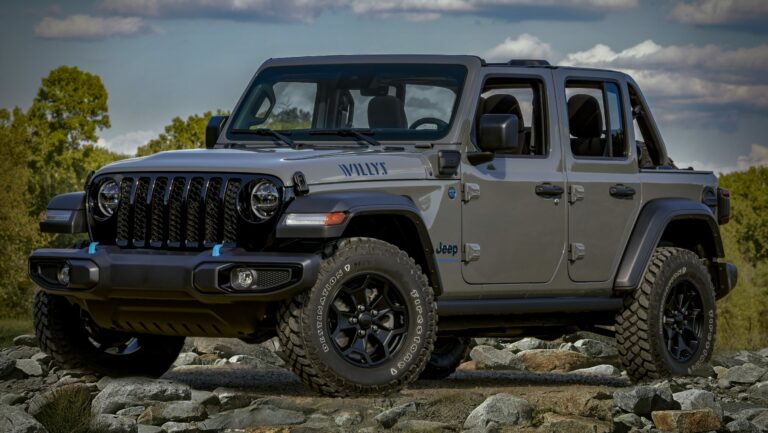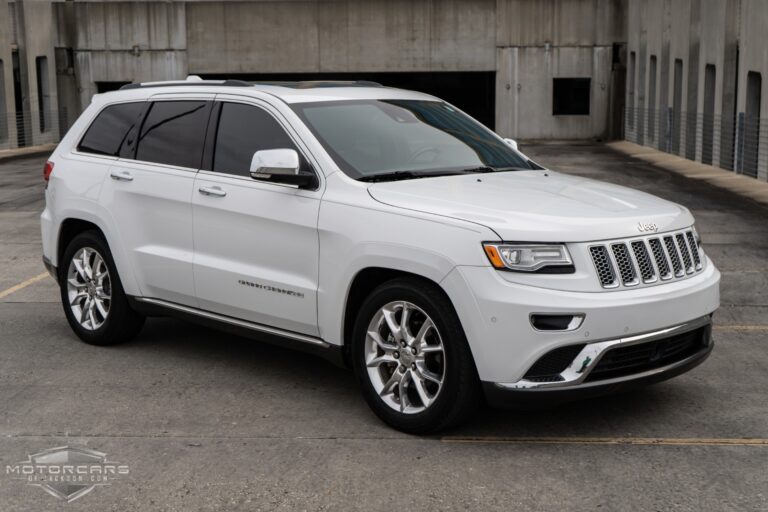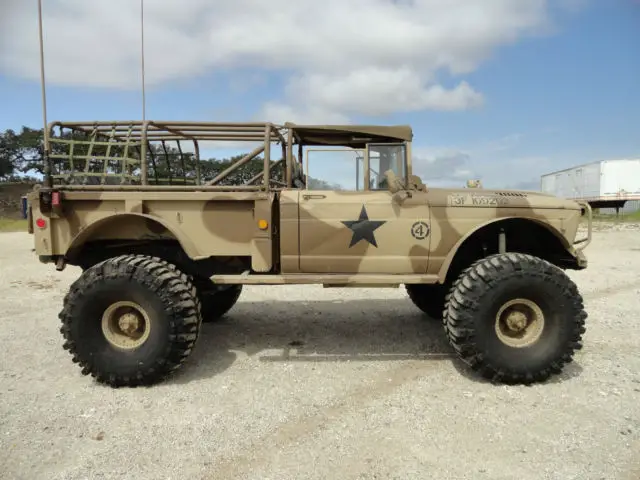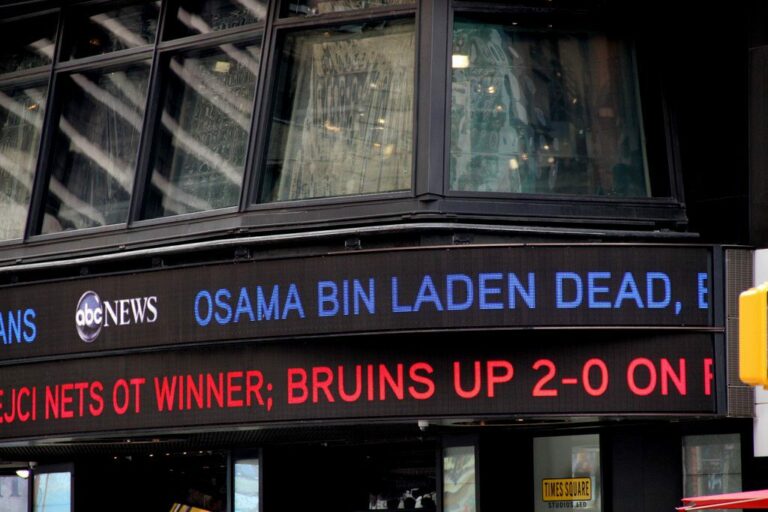Jeep 2002 4×4 For Sale: A Comprehensive Buyer’s Guide
Jeep 2002 4×4 For Sale: A Comprehensive Buyer’s Guide jeeps.truckstrend.com
Introduction: The Enduring Appeal of the 2002 Jeep 4×4
The allure of a Jeep is undeniable, and for many off-road enthusiasts and casual drivers alike, the 2002 model year holds a special place. When one refers to a "2002 Jeep 4×4 For Sale," the immediate thought often turns to the iconic Jeep Wrangler TJ, a vehicle that perfectly encapsulates the brand’s rugged spirit while offering a significantly improved on-road experience compared to its predecessors. However, 2002 also saw the production of the capable Grand Cherokee WJ, another 4×4 contender from the Jeep stable.
Jeep 2002 4×4 For Sale: A Comprehensive Buyer’s Guide
This article primarily focuses on the beloved Wrangler TJ, given its widespread recognition as the 2002 Jeep 4×4, while acknowledging other models where relevant. The 2002 Wrangler TJ represents a sweet spot in Jeep history: it retains the classic, go-anywhere capability and simple mechanics that made Jeeps famous, yet it benefits from modern advancements like the coil-spring suspension system, providing a far more comfortable ride than the leaf-sprung YJ models that came before it. This blend of heritage and comfort, combined with legendary reliability and immense aftermarket support, makes a 2002 Jeep 4×4 a highly sought-after vehicle in the used market.
Whether you’re an aspiring off-roader, a weekend adventurer, or simply someone looking for a distinctive and capable daily driver, understanding what to look for in a 2002 Jeep 4×4 is crucial. This comprehensive guide will delve into the specific attributes of these vehicles, offer practical advice for potential buyers, and address common questions to help you make an informed decision.
I. Why the 2002 Jeep 4×4? Unpacking the TJ Generation’s Appeal
The 2002 Jeep Wrangler falls squarely within the TJ generation, produced from 1997 to 2006. This era is widely considered one of the best for the Wrangler, striking an optimal balance between modern comfort and traditional Jeep ruggedness.
One of the most significant advancements the TJ brought was the quadra-coil suspension system. Replacing the leaf springs of the YJ, this setup dramatically improved ride quality and articulation, making the TJ much more comfortable for daily driving without sacrificing its formidable off-road prowess. This change alone transformed the Wrangler from a utilitarian, bouncy vehicle into one that could genuinely be enjoyed on the pavement for longer trips.
Beyond the suspension, the 2002 TJ retained the iconic round headlights and classic seven-slot grille, maintaining the quintessential Jeep aesthetic that enthusiasts adore. Under the hood, the availability of the venerable 4.0-liter inline-six (I6) engine cemented its reputation for reliability and torque. This powerplant is legendary for its durability, capable of racking up hundreds of thousands of miles with proper maintenance, making it a prime choice for a used vehicle.
The simplicity of its design is another major draw. Unlike more modern, electronically complex vehicles, the 2002 TJ is relatively straightforward, making it easier for owners to perform their own maintenance and modifications. This simplicity, combined with a vast and thriving aftermarket support industry, means that almost any part or upgrade imaginable is available, allowing owners to customize their Jeeps for specific off-road challenges, aesthetic preferences, or improved comfort. This ease of modification further contributes to the TJ’s enduring popularity and strong resale value. For those seeking a vehicle that blends classic charm with capable performance and a supportive community, the 2002 Jeep 4×4 is an exceptionally appealing choice.
II. Key Models and Specifications of the 2002 Jeep 4×4

While "Jeep 2002 4×4" most commonly refers to the Wrangler, it’s important to understand the specific models and their variations.
The 2002 Jeep Wrangler (TJ)
The Wrangler TJ was offered in several trim levels, each with slightly different features and capabilities:
- SE: This was the base model, typically equipped with the 2.5-liter 4-cylinder engine, a 5-speed manual transmission, and basic amenities. While less powerful, the 2.5L is known for its fuel efficiency and reliability.
- Sport: A popular mid-range option, the Sport trim usually came with the more powerful and highly desirable 4.0-liter inline-six engine. It offered a good balance of features and capability, making it a favorite for both daily drivers and mild off-roaders.
- Sahara: The Sahara was the premium trim, featuring body-color fender flares, upgraded cloth or leather interior options, unique wheels, and often more standard features like air conditioning, cruise control, and the 4.0L engine. Saharas often command a slightly higher price due to their added comforts and aesthetic appeal.
- X: Introduced in 2002, the "X" trim was positioned as an entry-level model with the 4.0L engine, bridging the gap between the SE and Sport. It offered the bigger engine without all the bells and whistles of the Sport or Sahara.
Engine Options:
![]()
- 2.5L I4 (120 hp, 140 lb-ft torque): Found primarily in SE models. Adequate for light use, but can feel underpowered on highways or with larger tires.
- 4.0L I6 (190 hp, 235 lb-ft torque): The powerhouse of the TJ line, highly recommended for its ample torque, reliability, and capability. Standard on Sport, Sahara, and X trims.
Transmission Options:
- 5-speed Manual (NV3550): Robust and popular among enthusiasts for greater control.
- 3-speed Automatic (32RH): A reliable, simple automatic transmission, though lacking in modern efficiency.
Transfer Cases:
- NV231 Command-Trac: Standard part-time 4WD system, highly durable. Used in most Wranglers.
- NV242 Selec-Trac: Less common on Wranglers, this transfer case offers a full-time 4WD option in addition to part-time, providing more versatility. Typically found in Grand Cherokees.
Axles:
- Dana 30 Front: Standard on all TJ Wranglers.
- Dana 35 Rear: Standard on most non-Rubicon TJs. Known to be weaker than the Dana 44, especially with larger tires or aggressive off-roading.
- Dana 44 Rear: A highly desirable upgrade, standard on some Sahara models (especially with the Towing Package) and later Rubicon models (not introduced until 2003). It offers superior strength and is a significant plus for any off-road build.
The 2002 Jeep Grand Cherokee (WJ)
While the Wrangler is often the first thought, the 2002 Grand Cherokee (WJ generation, 1999-2004) was also a highly capable 4×4. It offered more interior space, a smoother ride, and more luxury features than the Wrangler. Engine options included the 4.0L I6, 4.7L V8, and the high-output 4.7L V8 (HO), paired with various automatic 4WD systems like Quadra-Trac I, Quadra-Trac II, and the advanced Quadra-Drive. While an excellent vehicle, its integrated body-on-frame design makes it less ideal for extreme modifications compared to the Wrangler’s separate frame.
III. What to Look For: A Buyer’s Checklist for a 2002 Jeep 4×4
Purchasing a 2002 Jeep requires a meticulous inspection, as these vehicles are now over two decades old. Here’s a detailed checklist:
-
Rust, Rust, Rust: This is the number one killer of TJs.
- Frame: Inspect the frame thoroughly, especially near the control arm mounts (upper and lower), skid plates, and behind the front and rear wheels. Look for flaking, bubbling, or perforations. Tap with a hammer if possible; a dull thud indicates solid metal, a hollow sound or crunch indicates rust.
- Body: Check the floorboards (especially under the carpets), rocker panels, fender wells, and the tailgate (prone to cracking around the spare tire mount).
- Under the hood: Look for rust on the inner fenders and battery tray.
- Severity: Minor surface rust is often manageable, but significant structural rust can be a deal-breaker and expensive to repair.
-
Engine (4.0L I6 is King):
- Leaks: Check for oil leaks (especially from the rear main seal, which is common but not always critical), coolant leaks, and power steering leaks.
- Noises: Listen for knocking, ticking (exhaust manifold cracks are common and cause a ticking sound), or unusual whirring.
- Maintenance Records: Ask for proof of regular oil changes, coolant flushes, and tune-ups.
- Crankshaft Position Sensor: A common failure point that can cause stalling or no-starts.
-
Transmission & Transfer Case:
- Manual: Check for smooth shifting, no grinding, and proper clutch engagement. Listen for unusual noises from the transmission or transfer case.
- Automatic: Ensure smooth shifts, no slipping, and proper engagement of all gears.
- 4WD Engagement: Test both 4-High and 4-Low. Ensure they engage and disengage smoothly without grinding or excessive force. Drive a short distance in 4WD on a loose surface (like dirt or gravel) to confirm it works.
-
Suspension & Steering:
- Worn Components: Look for cracked bushings on control arms, sway bars, and track bars. Check shock absorbers for leaks. Sagging springs indicate wear.
- Steering Play: With the vehicle off, have someone turn the steering wheel slightly back and forth while you observe the steering linkage (tie rods, drag link, ball joints). Excessive play indicates worn components.
- "Death Wobble": While not exclusive to 2002 TJs, severe front-end vibration (death wobble) is often caused by worn steering or suspension components. Be wary if the seller claims it’s "just the tires."
-
Brakes: Check the condition of rotors, pads, and brake lines. Listen for squealing or grinding during a test drive.
-
Electrical System: Test all lights (headlights, tail lights, turn signals, brake lights), gauges, power windows (if equipped), radio, and HVAC system (check blend door operation – another common failure point).
-
Soft Top / Hard Top: Inspect the condition of the soft top (tears, clarity of windows, zipper functionality) or hard top (cracks, leaks, proper fitment).
-
Aftermarket Modifications: Be cautious of heavily modified Jeeps. Poorly installed lifts, oversized tires, or incorrect gearing can lead to premature wear and serious mechanical issues. Ask about the modifications, who installed them, and if receipts are available. A well-done, tasteful modification can add value, but a shoddy one can drastically detract.
-
Documentation: Always perform a VIN check (CarFax, AutoCheck) to look for accident history, flood damage, salvage titles, or odometer rollbacks. Ensure the title is clear.
IV. Ownership Experience and Maintenance Tips
Owning a 2002 Jeep 4×4, particularly a Wrangler TJ, is a unique and rewarding experience, but it comes with its own set of considerations. These vehicles are not as refined as modern SUVs, but their simplicity makes them generally easier and cheaper to maintain.
Common Issues and Solutions:
- Rust: As mentioned, proactive rust prevention and treatment are key. Regular washing, especially after exposure to salt or mud, and applying rust inhibitors can extend the life of the frame and body.
- Exhaust Manifold Cracks: The 4.0L engine’s exhaust manifold is prone to cracking, causing a ticking sound and potentially a slight exhaust leak. This is a common and relatively inexpensive repair.
- Crankshaft Position Sensor (CPS): If your Jeep suddenly dies or won’t start when hot, the CPS is a prime suspect. It’s an easy and affordable DIY replacement.
- Blend Door Issues (HVAC): The plastic blend door inside the HVAC system can break, preventing proper airflow direction (e.g., stuck on defrost or floor). Repair requires dashboard disassembly or an aftermarket "doorless" fix.
- Rear Main Seal Leaks: A common minor oil leak on the 4.0L. Often not severe enough to warrant immediate repair unless it’s a significant drip.
Regular Maintenance is Key:
- Fluid Changes: Adhere to regular schedules for engine oil, transmission fluid, transfer case fluid, and differential fluids. These are critical for the longevity of the drivetrain components.
- Greasing U-joints: Many U-joints on the driveshafts and axles are greasable. Regular greasing prolongs their life and prevents costly replacements.
- Tire Rotation and Balance: Essential for even tire wear and preventing steering issues.
- Chassis Inspection: Periodically inspect the frame, suspension components, and steering linkage for wear, damage, and rust.
Community Support: The Jeep community is incredibly active and supportive. Online forums, local clubs, and social media groups are invaluable resources for troubleshooting, finding parts, and getting advice on modifications or repairs. This strong community aspect significantly enhances the ownership experience.
V. Pricing Your 2002 Jeep 4×4: Factors Influencing Value
The price of a 2002 Jeep 4×4, especially a Wrangler TJ, can vary wildly based on several key factors. Unlike newer vehicles, age and mileage are less critical than overall condition and specific features.
- Overall Condition: This is paramount. A rust-free, mechanically sound Jeep will command a significantly higher price than one with severe rust or major mechanical issues, regardless of mileage.
- Mileage: While important, high mileage on a well-maintained 4.0L engine is less of a concern than on other vehicles. Low mileage, especially under 100,000 miles, will add a premium.
- Engine Type: Wranglers with the 4.0L I6 engine are far more desirable and valuable than those with the 2.5L 4-cylinder.
- Transmission: Manual transmissions are often preferred by enthusiasts and can sometimes fetch a slightly higher price, though automatics are also popular for daily driving.
- Trim Level: Sahara models typically command the highest prices due to their enhanced features and aesthetics, followed by Sport and X, with SE being the lowest.
- Axles: The presence of a stronger Dana 44 rear axle (especially if factory-installed) significantly boosts value, particularly for those planning serious off-roading.
- Modifications: Quality, tasteful, and professionally installed modifications (e.g., a modest lift, good tires, upgraded bumpers) can add value. Poorly done or extreme modifications can detract value by limiting the buyer pool or suggesting underlying issues.
- Geographic Location: Jeeps in dry, rust-free climates (e.g., Southwest US) will be more expensive than those from rust-belt regions.
- Service History: A comprehensive maintenance record adds significant value and peace of mind.
Estimated Price Table for a 2002 Jeep Wrangler (TJ)
Please note: These are estimates and prices can vary significantly based on location, specific features, and market demand. Always inspect the vehicle thoroughly.
| Condition | Description | Estimated Price Range (4.0L I6) | Estimated Price Range (2.5L I4) |
|---|---|---|---|
| Excellent | Low mileage, minimal to no rust, pristine interior/exterior, full service history, desirable options (Dana 44) | $10,000 – $15,000+ | $7,000 – $10,000 |
| Good | Moderate mileage, minor surface rust (no perforations), well-maintained mechanically, clean interior | $7,000 – $10,000 | $5,000 – $7,000 |
| Fair | Higher mileage, noticeable but manageable rust (some minor perforations possible), some mechanical issues needing attention, worn interior | $4,000 – $7,000 | $3,000 – $5,000 |
| Poor | High mileage, significant rust (frame concerns likely), major mechanical issues, project vehicle, salvaged title possible | $2,000 – $4,000 | $1,500 – $3,000 |
Practical Advice and Actionable Insights
- Get a Pre-Purchase Inspection (PPI): This is non-negotiable for a vehicle of this age. Have a trusted mechanic (ideally one familiar with Jeeps) inspect the vehicle thoroughly, especially the frame for rust, and the drivetrain components.
- Test Drive Extensively: Drive it on various roads – highway, city, and if possible, some unpaved surfaces to test the 4WD. Listen for unusual noises, feel for vibrations, and test all functions.
- Don’t Rush: There are many 2002 Jeeps out there. If one doesn’t feel right, walk away. Patience pays off.
- Budget for Repairs/Maintenance: Even a well-maintained 2002 Jeep will eventually need parts replaced due to age. Factor this into your budget.
- Join the Community: Before or after buying, connect with local or online Jeep groups. They are an invaluable source of knowledge, parts, and support.
Conclusion: The Timeless Adventure of a 2002 Jeep 4×4
The 2002 Jeep 4×4, particularly the Wrangler TJ, stands as a testament to enduring automotive design and rugged capability. It represents a golden era for the Wrangler, offering a compelling blend of classic aesthetics, robust mechanics, and enhanced comfort compared to its predecessors. For many, it’s not just a vehicle; it’s a gateway to adventure, a canvas for customization, and a symbol of freedom.
While buying a twenty-year-old vehicle always comes with its caveats, armed with the knowledge of what to look for—especially concerning rust and the condition of the legendary 4.0L engine—you can significantly increase your chances of finding a gem. A carefully chosen 2002 Jeep 4×4 offers incredible value, a highly engaging driving experience, and the potential for countless memorable journeys, both on and off the beaten path. It’s an investment in a lifestyle, promising reliability and endless possibilities for those ready to embrace the spirit of Jeep.
Frequently Asked Questions (FAQ) about the 2002 Jeep 4×4
Q: Is the 2002 Jeep Wrangler a good daily driver?
A: Yes, compared to older Wranglers (YJ and CJ), the 2002 TJ’s coil-spring suspension significantly improves its on-road comfort, making it a perfectly viable daily driver for many. However, it’s still a utilitarian vehicle; don’t expect the quietness or luxury of a modern SUV.
Q: What’s the main difference between the 4.0L and 2.5L engines?
A: The 4.0L inline-six offers significantly more horsepower (190 hp vs 120 hp) and torque (235 lb-ft vs 140 lb-ft) than the 2.5L four-cylinder. The 4.0L is highly recommended for its better performance, especially on highways, with larger tires, or when off-roading. The 2.5L is more fuel-efficient but can feel underpowered.
Q: How much rust is too much when buying a 2002 Jeep?
A: Any significant rust on the frame, especially around suspension mounting points, is a major red flag. Surface rust on the body is often manageable, but perforations or severe rust on critical structural components should be avoided unless you’re prepared for extensive, costly repairs. When in doubt, walk away or consult a specialist.
Q: Are parts readily available for a 2002 Jeep Wrangler?
A: Absolutely. The TJ generation has immense aftermarket support, and parts (both OEM and aftermarket) are widely available. This is one of the biggest advantages of owning a TJ.
Q: Can I lift a 2002 Jeep Wrangler?
A: Yes, the TJ is one of the most popular vehicles for lifting and modification. A wide array of lift kits, from mild to extreme, are available. However, research thoroughly and ensure any modifications are done professionally or with proper knowledge to avoid compromising safety and drivability.
Q: What kind of fuel economy can I expect from a 2002 Jeep Wrangler?
A: Fuel economy is not a strong suit of the Wrangler. Expect around 14-17 MPG combined for the 4.0L engine, and slightly better for the 2.5L. Factors like tire size, lift height, gearing, and driving style will significantly impact these figures.
Q: What does "TJ" stand for?
A: Unlike some vehicle names that are acronyms, "TJ" is simply the internal platform code or chassis designation used by Jeep (and Chrysler/DaimlerChrysler at the time) for the 1997-2006 Wrangler. It doesn’t stand for any specific words.

